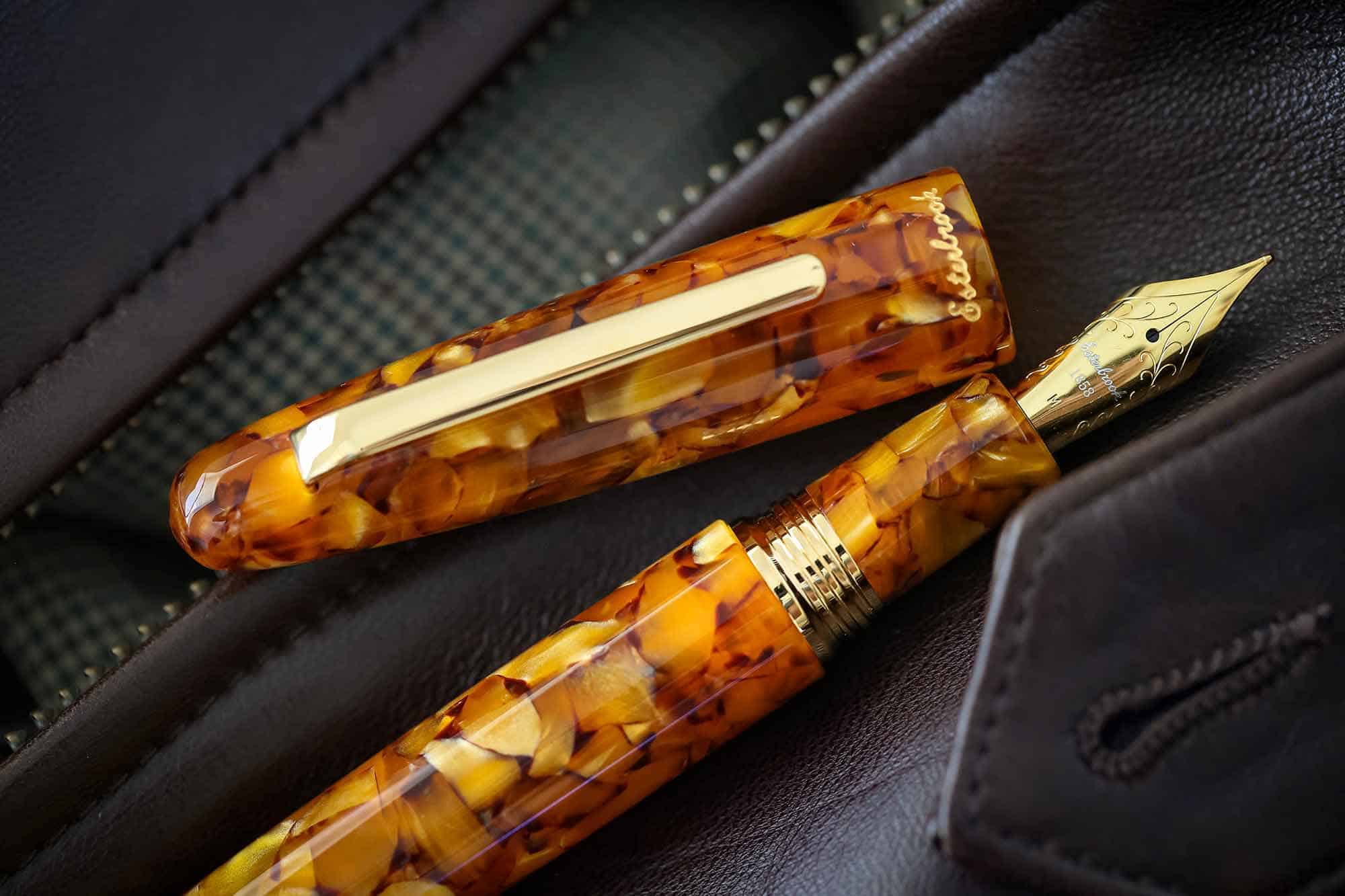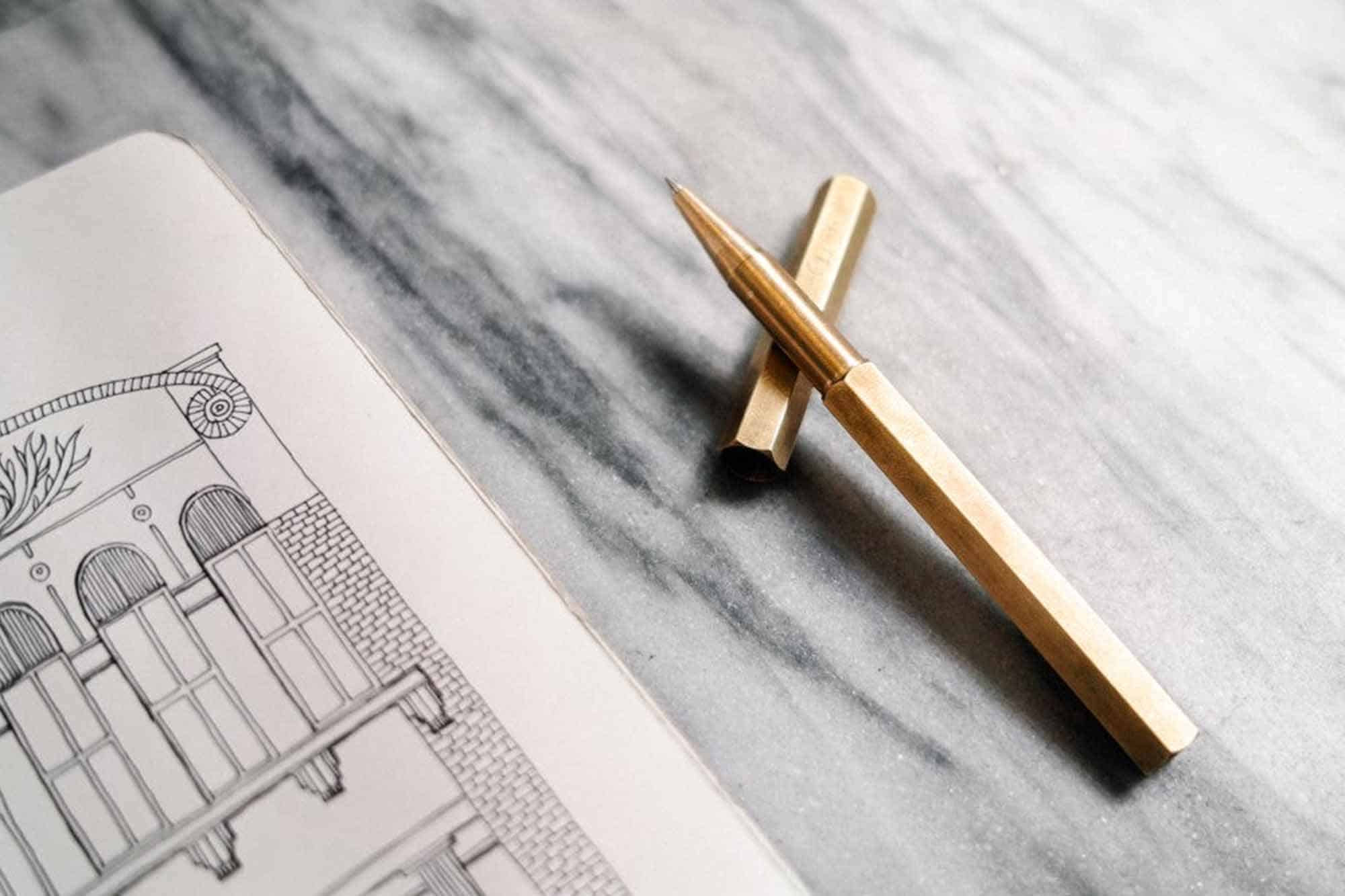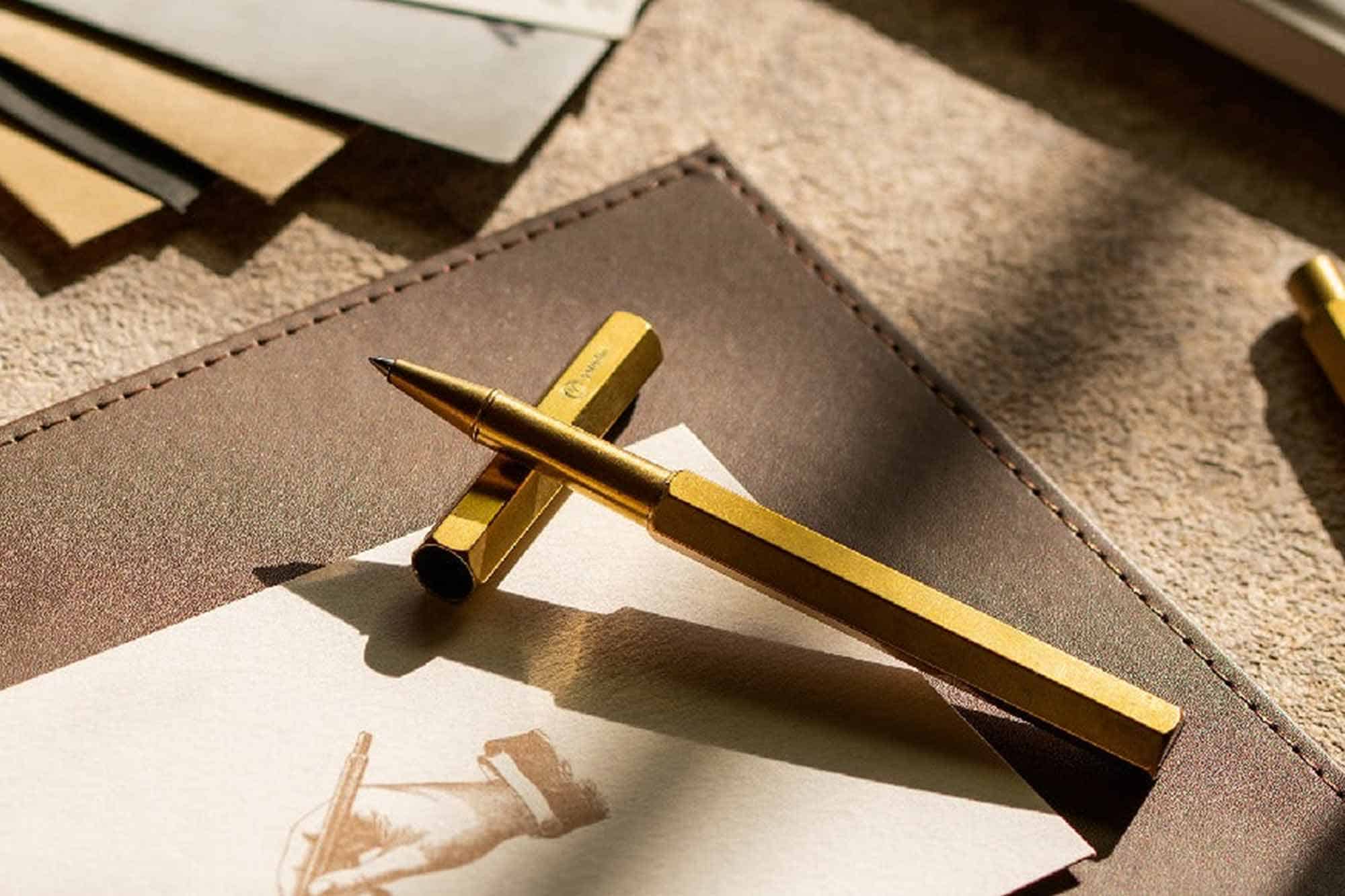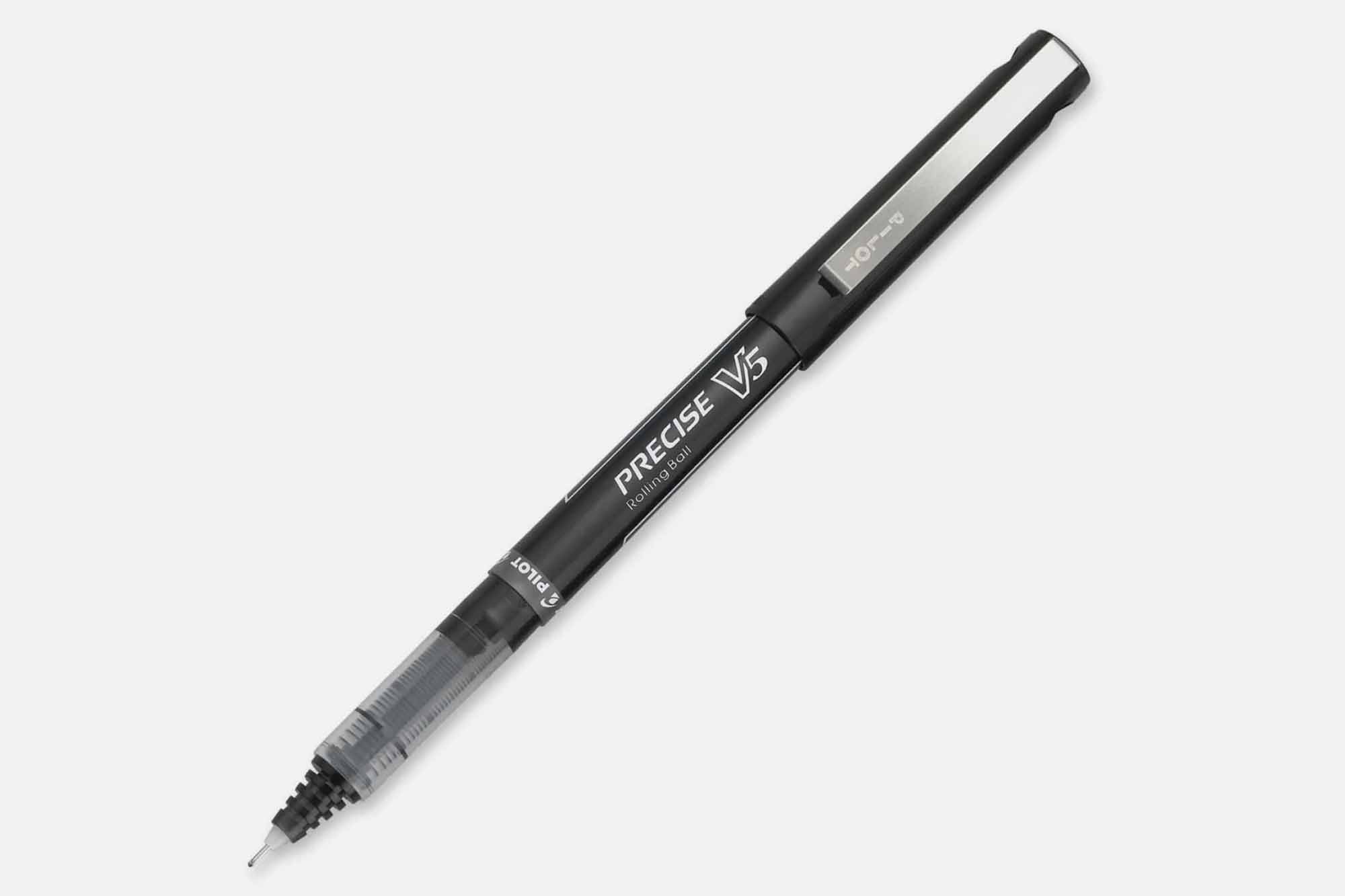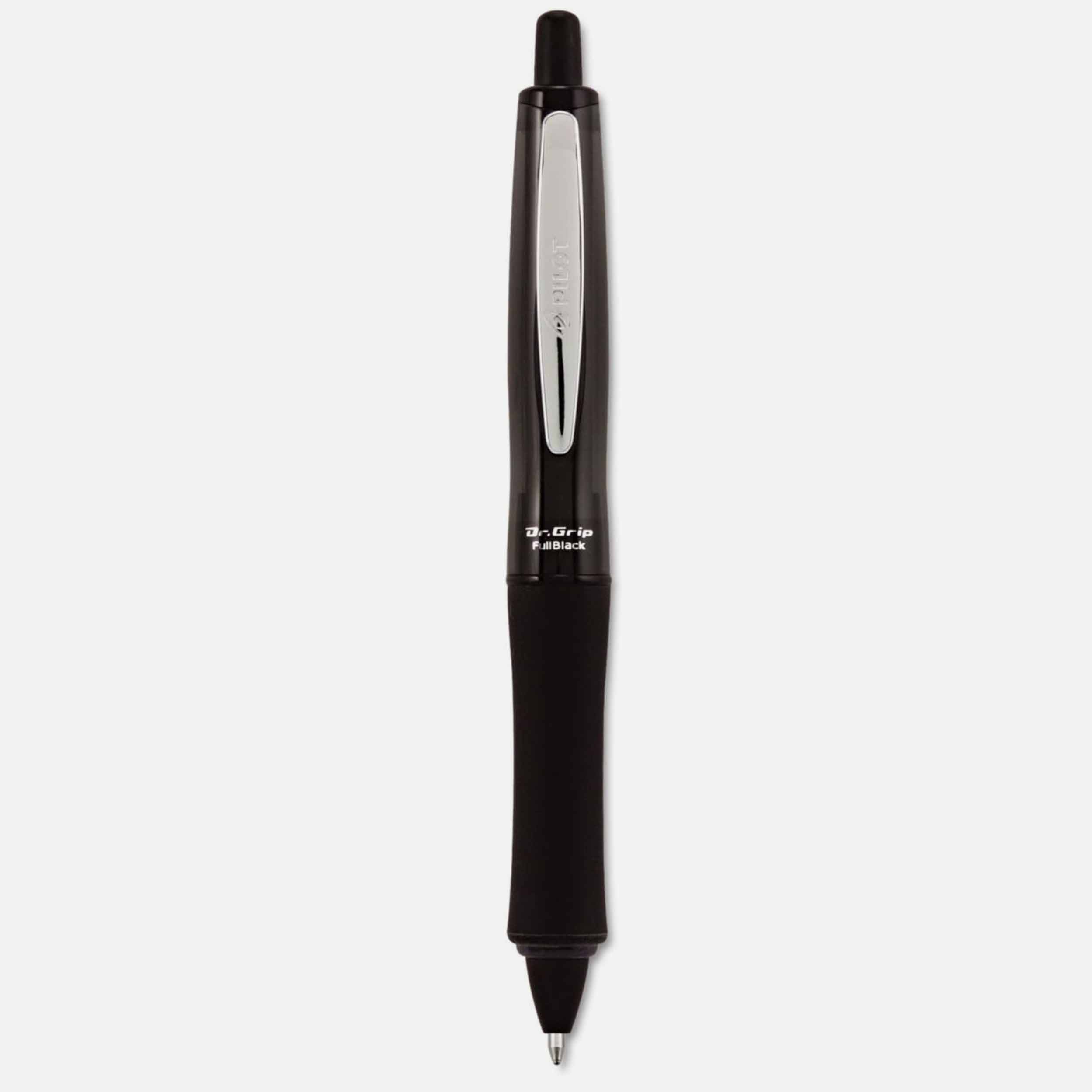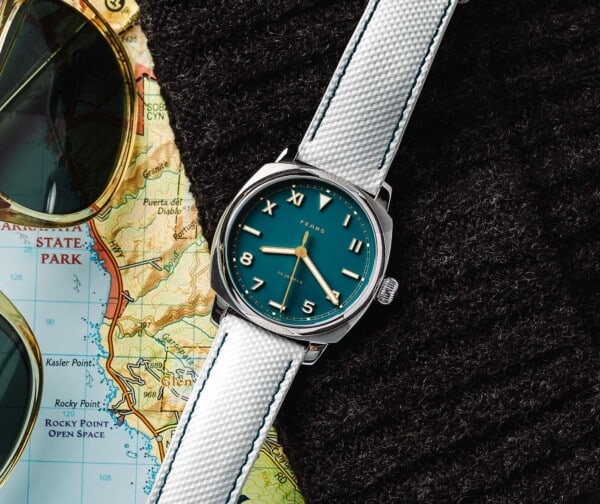When you sit and think about it, there’s quite a few similarities between a pen and a watch. Both are utility objects, initially designed for practical purposes, and have since evolved into industries driven by both passion and interest. And likewise for both pens and watches, there exists a tiered level of prestige, with options at every budget, from the simple and utilitarian to the highest of luxury.
But maybe the most obvious similarity is that each can be broken down into varying modes which affect the way either a pen or watch is used and enjoyed. For watches, we have the option for quartz and mechanical movements, as well as a number of hybrid and exotic options. And for pens, there are three broad categories which encompass the majority of writing utensils on the market: rollerball, ballpoint, and fountain pen. While I’m sure you’re at least familiar with these terms, a lot of people might not fully understand the differences in application, writing capabilities, and general feel when it comes to picking up one versus the other.
So if you’re curious to know about each type of pen – and maybe fall into a rabbit hole of pen collecting – keep reading for a brief explanation of the differences between the three.
Rollerball: A Grown-Up Gel Pen
Rollerball pens are often celebrated for their precision, operating on a deceptively simple yet highly effective mechanism. At the pen’s tip,a small tungsten carbide ball is held into a socket, which, as the pen glides over paper, is consistently re-inked as it moves along. The result is a smooth, flowing instrument which needs minimal pressure to (pardon the pun) get the ball rolling. With a rollerball, the finer point makes it great for longform cursive while remaining crisp and clear without any risk of fatigue on the hand. This characteristic makes rollerballs the preferred choice for note-taking and journaling.
While many people love the feel of a rollerball – think of it like a grown-up gel pen – there are some downsides which some writers can’t easily overlook. One is that rollerball ink is a bit heavier, which can cause bleeding through pages or smudging easily. This is especially an issue for left-handed people or those who are using a lower-quality paper. But even so, I would argue that a rollerball is the most popular option for those who take their writing seriously.
Recommendations for Rollerballs:
Because rollerball pens situate themselves somewhere between a ballpoint and a fountain pen, the price reflects this, too. You can find expensive rollerballs on the market from luxury brands, but the best rollerballs on the market can be found at a much more reasonable price and are some of the most popular pens out there now.
YSTUDIO Classic Revolve Brass Pen ($119)
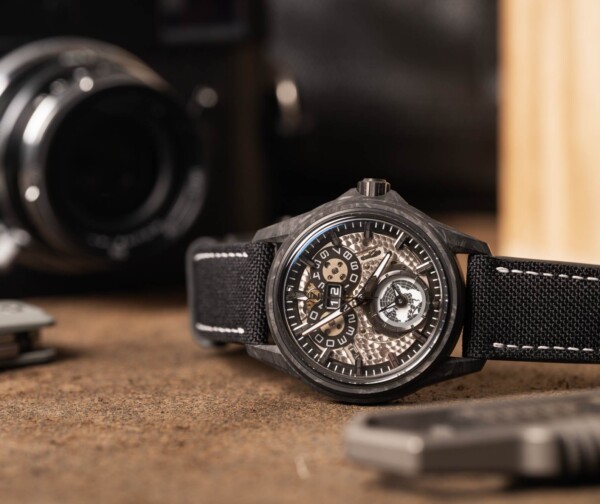



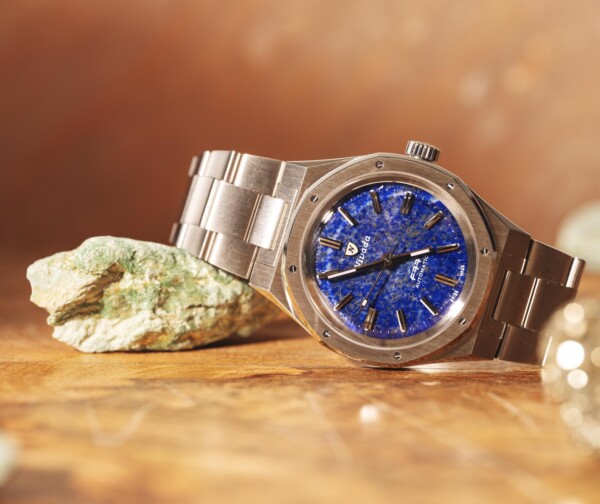




 Featured Videos
Featured Videos




